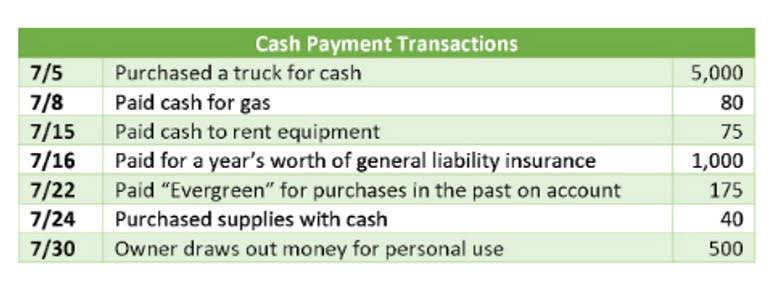Equity Multiplier Ratio Analysis Formula Example

To pay for these assets, they can use debt, equity, or a combination of both. However, the balance of these sources of finance on a company’s books affect its overall health, so investors and creditors need a quick way to measure and compare it. High equity multiplier indicates a higher degree of financial risk, since the company is more reliant on debt financing.
A high equity multiplier implies that a company mostly uses debt financing to purchase assets, while a low equity multiplier suggests it relies more on equity. Either way, the multiplier is relative- it’s only high or low when compared with a benchmark such as the industry standards or a company’s competitors. Total equity is on a company’s balance how to calculate equity multiplier sheet or in its shareholder’s equity section. A higher Equity Multiplier means company’s assets are
financed more by debt, than by equity. This means a company takes more risks
relying on borrowed funds and becomes less attractive for investors. For some companies, a high equity multiplier does not always equate to higher investment risk.
What is a Good Equity Multiplier?
It leans more toward using its equity, i.e., money from shareholders or reinvested profits. As an investor, this might give you some assurance that Apple takes on lower financial risk. In general, investors look for companies with a low equity multiplier because this indicates the company is using more equity and less debt to finance the purchase of assets.
On this note, regulators also use the equity multiplier in the banking industry to conduct “stress tests”. A bank with a high equity multiplier might not be well-equipped to handle these types of situations. Tom’s return on equity will be negatively affected by his low ratio, however. The equity multiplier is just a calculation, so it doesn’t consider the risk of the investment or your personal situation.
Equity Multiplier and Other Financial Ratios
You may decide to use your home equity to buy a rental property that can earn passive income. For example, your equity can help you make a cash offer and speed up the closing process, giving you an edge over other buyers. A home equity loan or HELOC can be the most convenient way to tap your home equity as you don’t need to refinance your existing mortgage. Additionally, only getting a loan for your equity results in a smaller loan balance that keeps closing costs down.

Companies that adopt a strategy centered around minimising risk might aim to keep their equity multiplier low, indicating a reliance on equity capital rather than debt. In contrast, companies operating in a low interest rate environment or those implementing a high growth strategy might be comfortable with a higher equity multiplier. In a nutshell, management’s ability to manage a company’s equity multiplier and thereby control the financial risk contributes positively to corporate sustainability. It offers business stability, enhances financial strength, and helps foster strong stakeholder relationships. Thus, the equity multiplier deserves due attention in any discussion related to corporate social responsibility and sustainability. From a sustainability standpoint, financial risks are not the only concern.
